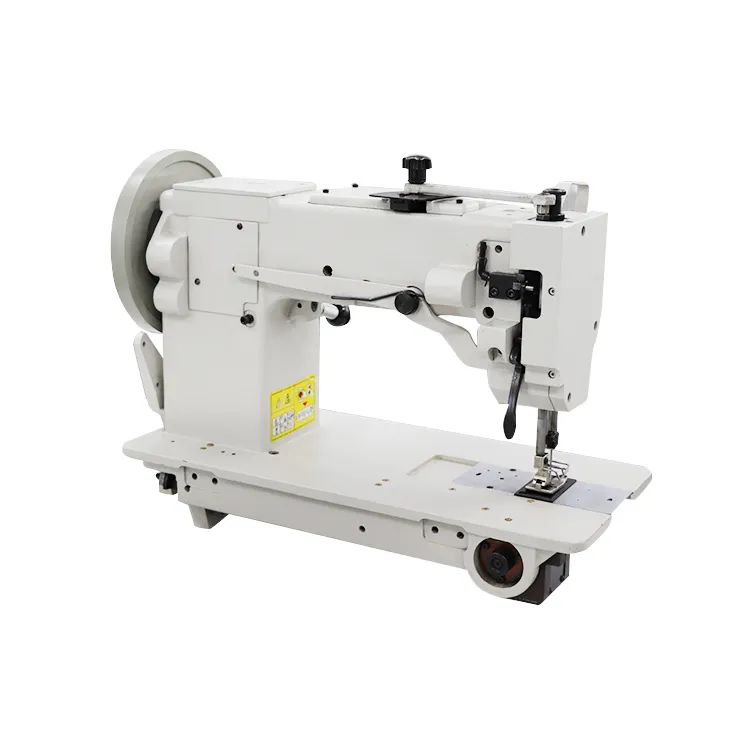meaning of lockstitch sewing machine
The Meaning of Lockstitch Sewing Machines
Lockstitch sewing machines hold a significant place in the world of textile production and garment manufacturing. These machines utilize a unique mechanism to create a strong and secure stitch that is essential for various sewing applications. Understanding the meaning and functionality of lockstitch sewing machines can provide insight into their critical role in the fashion and textile industries.
At its core, a lockstitch sewing machine operates using two threads the upper thread, usually from a spool, and the lower thread, which comes from a bobbin placed in the machine's base. As the needle pierces the fabric, it carries the upper thread down to the bobbin area, where it interlocks with the lower thread. This interlocking mechanism creates a firm stitch on both the top and bottom of the fabric, making it ideal for lightweight to medium-weight materials.
One of the most notable aspects of lockstitch machines is their versatility. They are suitable for a wide range of sewing tasks, from basic seaming to more complex construction techniques. This adaptability makes them the go-to choice for many professional tailors and manufacturers. Additionally, lockstitch machines can produce a variety of stitch types, including straight stitches, zigzag stitches, and decorative stitches, depending on the machine’s capabilities and attachments.
meaning of lockstitch sewing machine

In terms of performance, lockstitch sewing machines are renowned for their durability and reliability. These machines are typically designed for continuous use, making them suitable for both home and industrial settings. High-quality lockstitch machines can handle various fabrics, such as cotton, polyester, denim, and even lightweight leather. As a result, they are favored by both hobbyists and professionals alike.
Moreover, the advent of technology has revolutionized lockstitch sewing machines. Modern machines often come equipped with computerized features that enhance precision and ease of use. Automated threading systems, built-in stitch libraries, and adjustable tension settings are just a few examples of how technology has improved traditional sewing practices. These advancements allow users to achieve higher quality results with less effort, ultimately increasing productivity and creativity in sewing projects.
The importance of lockstitch sewing machines extends beyond their functional capabilities. They have become symbols of the rich history of sewing technology, evolving from simple hand-operated models to sophisticated computerized machines. Each iteration has contributed to the art of sewing, empowering individuals to express their creativity through fabric.
In conclusion, the lockstitch sewing machine is a fundamental tool in the realms of sewing and garment production. Its unique interlocking stitch mechanism, versatility, reliability, and technological advancements collectively highlight its importance in both domestic and industrial sewing. Understanding the meaning of lockstitch sewing machines not only sheds light on their operational mechanics but also underscores their relevance in fostering creativity and craftsmanship in the textile industry.
-
Industrial Cylinder Arm Sewing Machine: Revolutionizing Heavy-Duty SewingNewsJul.28,2025
-
Cylinder Arm Sewing Machine: Perfect for Special Sewing ApplicationsNewsJul.28,2025
-
Cylinder Bed Sewing Machine: Essential for Sewing Complex MaterialsNewsJul.28,2025
-
Heavy Duty Sewing Machine: The Essential Tool for Industrial ApplicationsNewsJul.28,2025
-
Computerized Pattern Sewing Machine: Revolutionizing Precision StitchingNewsJul.28,2025
-
Heavy Duty Industrial Sewing Machine: Power Meets PrecisionNewsJul.28,2025
-
Leather Sewing Machine: The Industrial Standard for Tough MaterialsNewsJul.18,2025





























